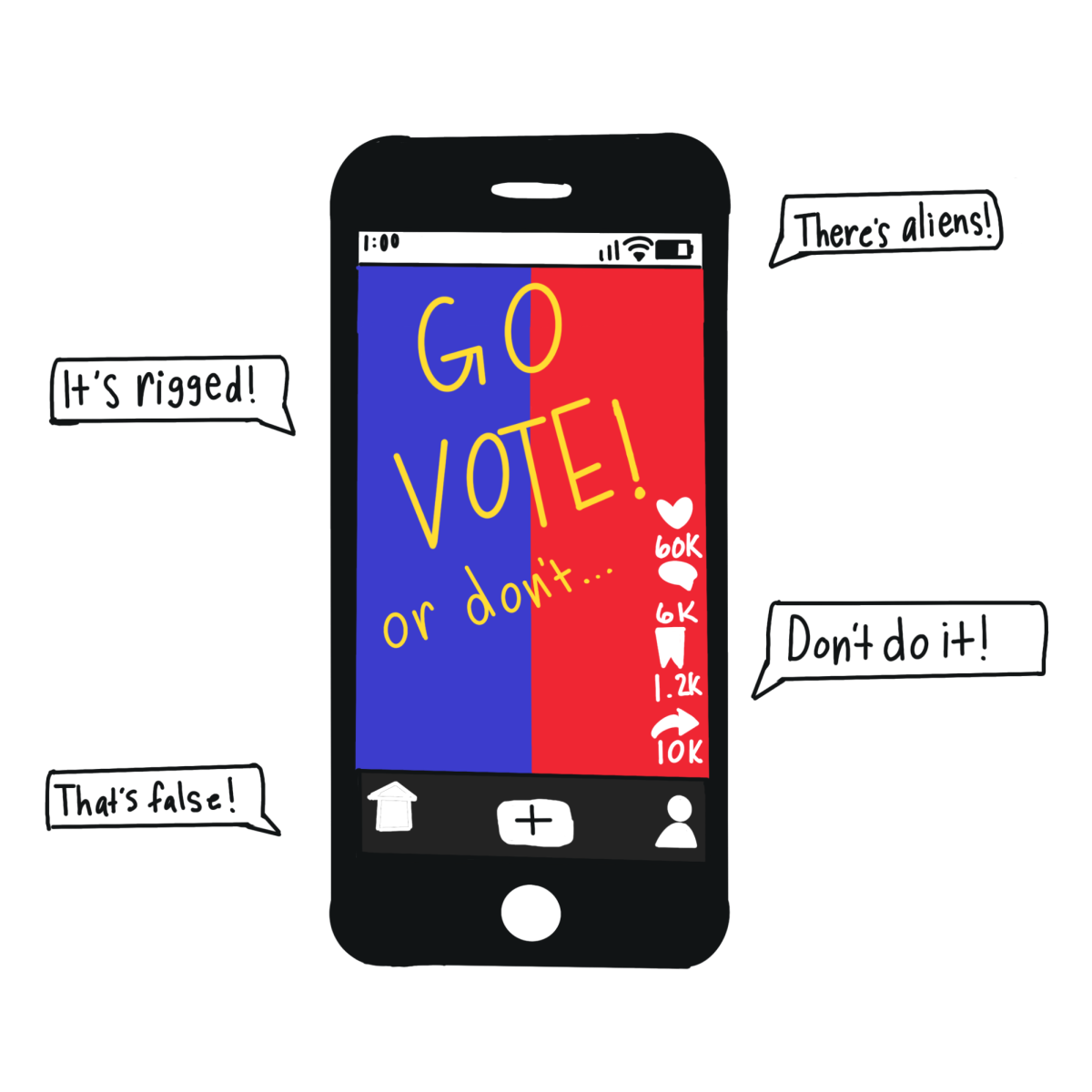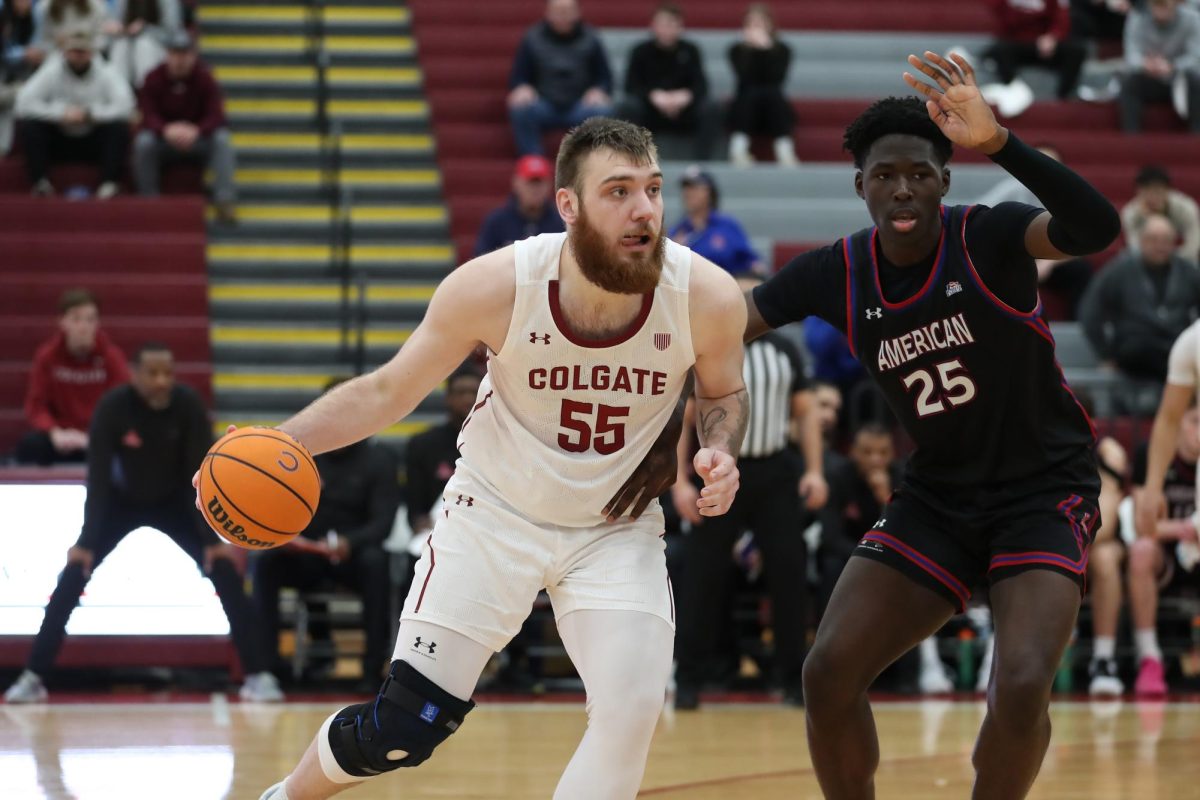We have all heard a comment from our peers and professors that sounds something like, “You should not be getting your news from TikTok.” TikTok is filled with over 1 billion users worldwide, and it’s easy to find false or misleading information that may serve to keep users swiping on the app. Though the app isn’t always accurate, many users will likely not take the time to fact-check. Those consumers then unknowingly spread the misinformation too, discussing the seemingly-correct information with friends and family and sending videos using the share button on the app. Unfortunately, failing to self-fact-check fake news can have national consequences, and Americans are still not fact-checking enough.
The ones behind TikTok misinformation are often trying to spread specific information to certain users. In 2021, The Wall Street Journal investigated the TikTok algorithm, finding that the app takes in data — like how long one watched a video — to steer them towards similar content. The WSJ reported that some users quickly fall into rabbit-holes of information that became progressively less moderated. If TikTok is targeting information to its users with the goal that they continue swiping and engaging, then the TikTok executive’s bottom line may not benefit from sharing multiple sides of a topic or preventing attention-grabbing videos that could be based on misinformation.
As a result of this system, TikTok is feeding misinformation to its users. While TikTok does label some videos as “AI-generated” or “unverified content,” many videos can go unlabeled if they seem opinion-based. I’m sure many of you have seen this style of video: an individual starts with some surprising information, and then they introduce screenshots of news articles, often including either just the title or a center paragraph with no information on the sources. My observation is that users seem to believe the fallacy that if the information they’re hearing is (supposedly) coming from a news article or study, then what the creator is saying must be true. Other creators have released videos to combat the spread of misinformation by exposing fake news and the tactics used to propagate it. In a video released by Hank Green, an original YouTube creator you may know from Crash Course, entrepreneur, and brother of novelist John Green, he highlighted six instances where Tesla’s Elon Musk retweeted information that was taken out of context, was incomplete or false.
The larger problem arises when users continue swiping on videos containing misinformation or follow the blue banner, which takes them to similar information about the topic. Because users are internalizing this information and rarely researching where it came from, this sort of controlled advertising creates echo chambers where Americans engage in small communities online with people who also believe the same false information. This may further affirm their beliefs in the misinformation. A misinformation survey found that “among adults who share political or news posts on social media, less than half make sure to check facts before reposting, and about one out of six ‘rarely’ or ‘never’ verify information before sharing it.” This lack of action can even have political consequences, as many voters believe information they hear from their friends and family, especially authority figures or individuals they perceive as intelligent and informed. Once inside these echo chambers, it becomes difficult to dispel inaccurate information. The same misinformation survey found that even with when looking at more traditional news platforms, “people identifying with either political party seem to inhabit separate information bubbles, which means it can be hard for Americans to even agree on the basic facts of news events.”
While we are all encouraged to fact-check information, many users don’t, and the algorithm continues to feed them the same information based on their views. However, the TikTok algorithm doesn’t always benefit from sharing accurate information. It is important that we challenge ourselves to do deeper research on all the information we come across on TikTok before sharing it with our circles. Most importantly, we must reject convenience in our research so that we know the information we are digesting isn’t biased, but instead valid and complete.















